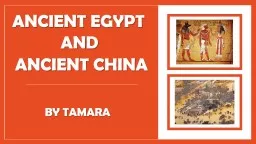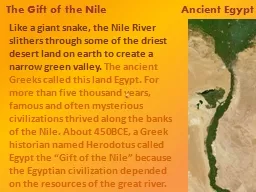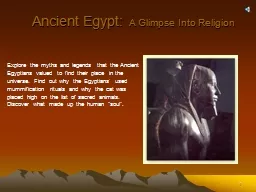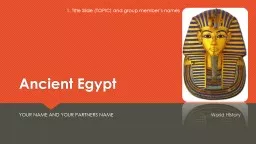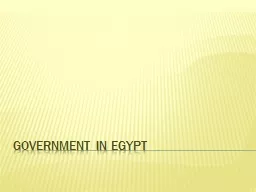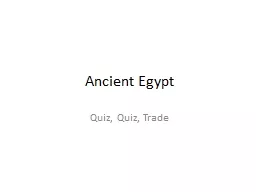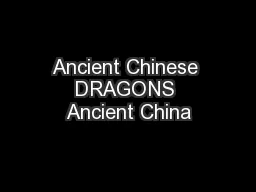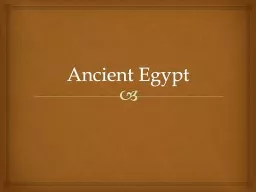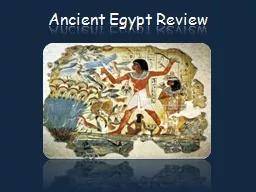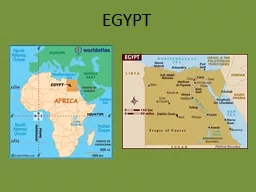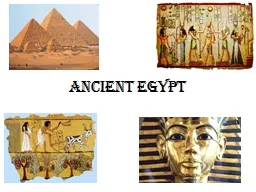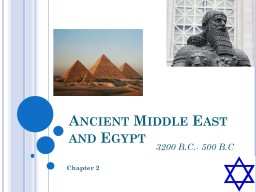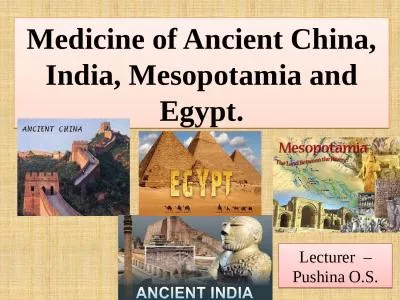PPT-Ancient Egypt ANCIENT CHINA
Author : luanne-stotts | Published Date : 2018-11-03
AND BY TAMARA Ancient Egyptian Food Vegetables that were grown included Radishes coriander cabbages endive watermelons cucumbers cabbage beans and melons were very
Presentation Embed Code
Download Presentation
Download Presentation The PPT/PDF document "Ancient Egypt ANCIENT CHINA" is the property of its rightful owner. Permission is granted to download and print the materials on this website for personal, non-commercial use only, and to display it on your personal computer provided you do not modify the materials and that you retain all copyright notices contained in the materials. By downloading content from our website, you accept the terms of this agreement.
Ancient Egypt ANCIENT CHINA: Transcript
Download Rules Of Document
"Ancient Egypt ANCIENT CHINA"The content belongs to its owner. You may download and print it for personal use, without modification, and keep all copyright notices. By downloading, you agree to these terms.
Related Documents

